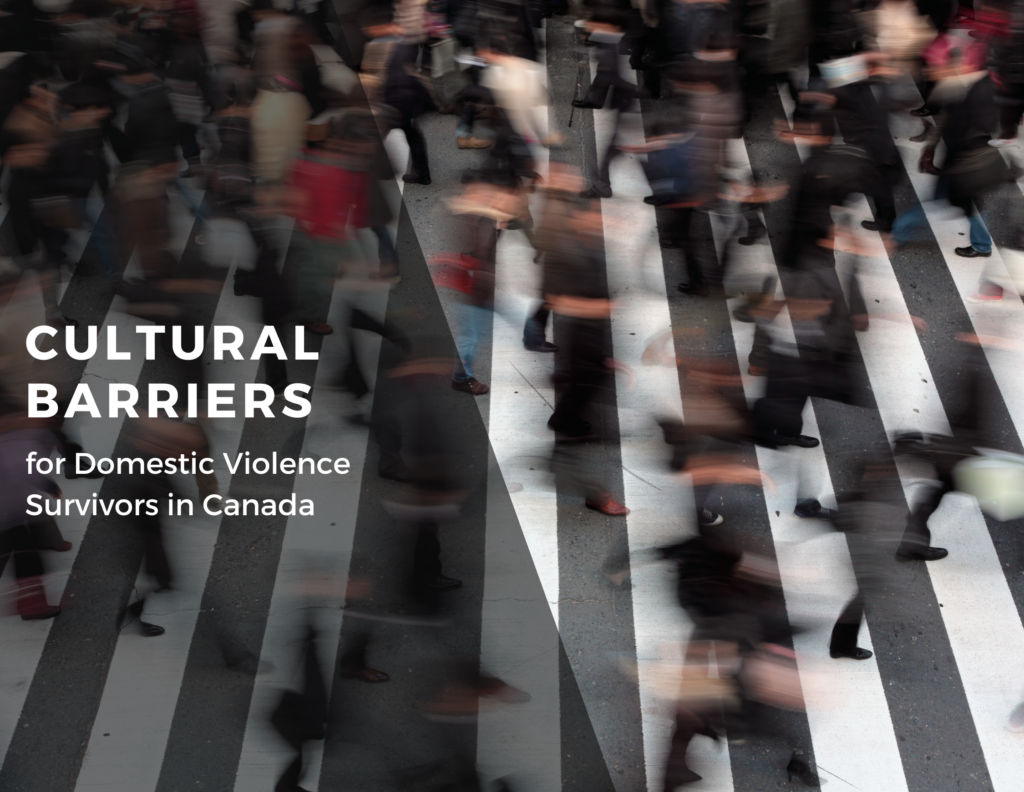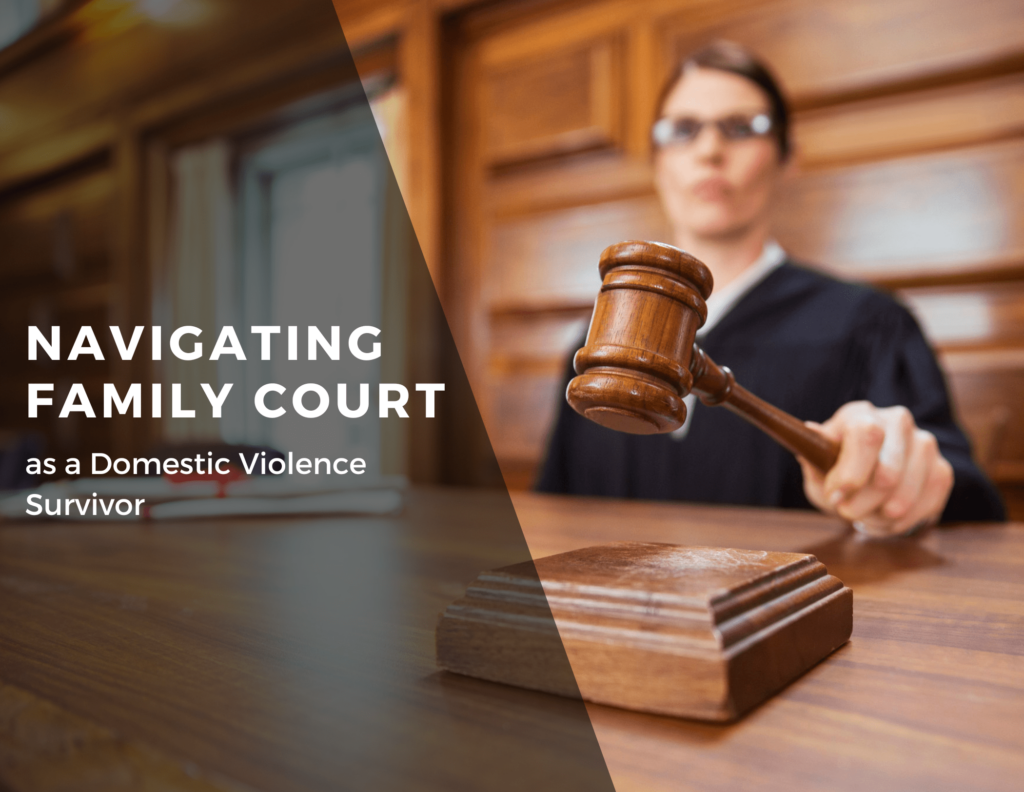Leaving an Abusive Relationship: Planning a Safe Escape

Leaving an abusive relationship safely
Leaving an abusive relationship is very hard to do. One of the most common observations by friends and family who find out you are living in an abusive relationship is “why don’t you leave?” or “you should leave”, but the reality is that it’s not just a matter of taking your things and going. Your abuser may have systems of control around you, you may feel guilty or blame yourself, have children involved, be physically threatened, or be financially controlled.
But the reality is that if you have taken the decision of leaving an abusive relationship, you must take action to ensure that you make a safe escape. This post will help you with a blueprint, tips and strategies to maximize your safety.
Safety planning for leaving an abusive relationship
When you find yourself in an abusive relationship, safety planning is something that should be on your mind. You know your partner’s behaviour is unpredictable and dangerous for you and everyone in your household. When planning to leave an abuser, you have to know that the majority of the violence, injuries, and homicides occur after the survivor ends the relationship, and 18 months afterward. So, SAFETY is the keyword, and ensuring you are protected when and after leaving the relationship will be our top priority.
Here are some key actions you have to take for leaving an abusive relationship safely.
Communicate with someone you trust.
85% of successful escapes from abusive relationships have been aided by a non-judgemental third party. Be that an institution, a friend, a family member, a boss, a coworker, or someone else. Having someone outside your household who knows what you are going through can help you just by listening to you and by letting you know they are there. Sometimes an organization, like us, can help guide you through a crisis with our helpline. Other times, friends or family can help you plan and execute your escape.
Having someone you can talk to can lift a heavy weight from your shoulders and help you move on.
Identify the safe areas in your house.
Contrary to what you might think, enclosed areas in your house are the most dangerous. Avoid small spaces without exits like bathrooms or closets, you want to avoid being cornered. Avoid places with available weapons like the garage or the kitchen. The safest room in your house will either have a phone and ideally an outside door or window. Abusers use privacy to their advantage, so, exiting your house into a public street where you are in the eye of your neighbours can help you get asylum and decrease the probability of a violent attack.
Establish a safe communication line.
Abusers are all about control, so they probably will have a way of accessing or controlling your phone or computer, sometimes using apps to remotely access your digital information. This means you will need a safe communication line, for which there are plenty of options.
- Use cash to buy an emergency phone to help you call 911 in case of an emergency. Save other emergency contacts and put them on speed dial. Deactivate amber alerts (click here to find out how to do it) so it always stays silent and well hidden.
- Use a safe computer to do your research. Either from a friend, neighbour, at work, an internet cafe, the library, or anywhere you can get access to a computer where your abuser does not have control.
- Create fake accounts and passwords for social media, and other important digital assets. Preferably use these from a safe device without your name and contact information.
- Avoid using credit and debit cards, since these leave a record of your purchases and may inform your abuser immediately.
Know your abuser’s triggers, tendencies, and red flags.
Abusers usually have defined triggers that will set them off. As we shared in our previous article about the cycle of abuse, you might be able to predict a violent episode when you feel like the tension is building up. When planning to leave permanently, you must seize the opportunities during a period of peace, but you have to be ready to leave if you sense that a violent episode might happen soon. Red flags such as bad temper, rage attacks against other people or things, and when the abuser starts minimizing their past behaviours are some common red flags. Everyone is different, so identify your abuser’s tendencies and plan accordingly.
Be ready to leave immediately.
Form preventive habits that will help you escape quickly if you need it. Always park with the car facing outwards and with the driver’s door unlocked, have a safely hidden set of spare car keys, and have an escape kit or bag with everything you might need, such as documents, cash, an emergency phone, contact lists, etc., and keep it at a safe place like a friend’s house.
Get medication ahead of time
Especially for those who need prescription medication, it is recommended to have an emergency kit with medication. You can go to your pharmacy and tell them that you need an emergency supply of medication to last 2 to 4 weeks and they should be able to help you.
Practice.
Just like fire drills, practicing your escape can make you identify the weaknesses of your plan and adjust it to make it safer. This will also help you make your escape quicker. If you have kids, rehearse the plan with them as well.

Memorize important information.
During a crisis, you might be without your safety phones, kits, or contact lists. So, memorizing important phone numbers, and addresses can help you get support if you need it. You can also give a list with names, numbers, and addresses to a trusted friend.
Establish control over small things.
Just like abusers are excessively controlling, you have to establish some form of control to make sure you can successfully slow down your abuser in case of an escape. Knowing where their car keys are at all times, establishing a safety lock only you know about, or hiding potential weapons your abuser might use are some examples of the small things you can control that can make the difference in an emergency.
Identify surveillance and recording devices.
There are plenty of ways in which abusers can set up recording devices. From regular security cameras, to “nanny cams”, baby monitors, apps on your phone or computer, and even GPS systems on your car, purse, shoes, or favourite clothing. You must identify all of these, but DO NOT disable them before making your escape, otherwise, you will give notice to your abuser and they will suspect your intentions, implement stricter measures, and even trigger a violent episode.

Protecting yourself after leaving an abusive relationship
As mentioned at the beginning of this article, the first 18 months after leaving an abusive relationship can be some of the most dangerous, that’s why you have to take further measures to protect yourself and your children or pets. Shelters and other institutions can help you during your time of need and give you tools to make sure that you are safe when starting a new life away from your abuser.
These are some of the measures you can take to stay safe after leaving an abusive relationship.
Find a shelter (see next point). Shelters are equipped to help people exactly in this kind of situation, and even if you have a place to stay, a shelter can be an invaluable ally in restarting your life.
Move to a different location…and keep it a secret. It will be harder for your abuser to find you if you move locations. Make sure you share your new location only with a few indispensable people and contacts who MUST know where you are. Friends and acquaintances are best kept out of the know until you are completely safe.
Change your routine. If you can not change your location, you should change your routine. Change your shift or hours at work, work from home for a time, change jobs, change school, change your children’s schools, and any other thing that can make it predictable to find you.
Consider getting a restraining order. Identify what is the policy for restraining orders with your local authorities. Sometimes violating a restraining order only merits a warning from the authorities, which might even infuriate and incentivize your abuser to try to attack you. Other times it will merit a jail sentence, which will not defer all abusers, but make it safer.

Finding Shelter
Look for your nearest women’s shelter and contact them previously to make sure they have a space available for you. They can help you in many ways other than just sheltering you, they can also contact you with multiple other institutions and resources that will help you stay safe. From resources, help groups, directing you to food banks and other government programs. Domestic violence shelters are here to help you.
At Stepping Stones Crisis Society, you can always find help if you are considering leaving an abusive household in Northern Alberta, particularly in the Cold Lake and Bonnyville areas. You can reach our helpline at 780-594-3353 or contact us at ou******@*******************ty.ca. We offer an emergency residential shelter for women, with or without their children, and their family pets (dog or cat).
If you find this article useful or want to support our cause, please donate here. Every dollar counts and our clients will greatly appreciate it.

Share this:
Related Articles
Cultural Barriers for Domestic Violence Survivors
Understanding Cultural Barriers for Domestic Violence Survivors in Canada Cultural barriers for domestic violence survivors are a serious issue affecting many individuals in Canada. While…
Navigating Family Court as a Domestic Violence Survivor
Navigating Family Court as a Domestic Violence Survivor in Alberta Navigating the family court as a survivor of domestic violence can be daunting. In Alberta,…


